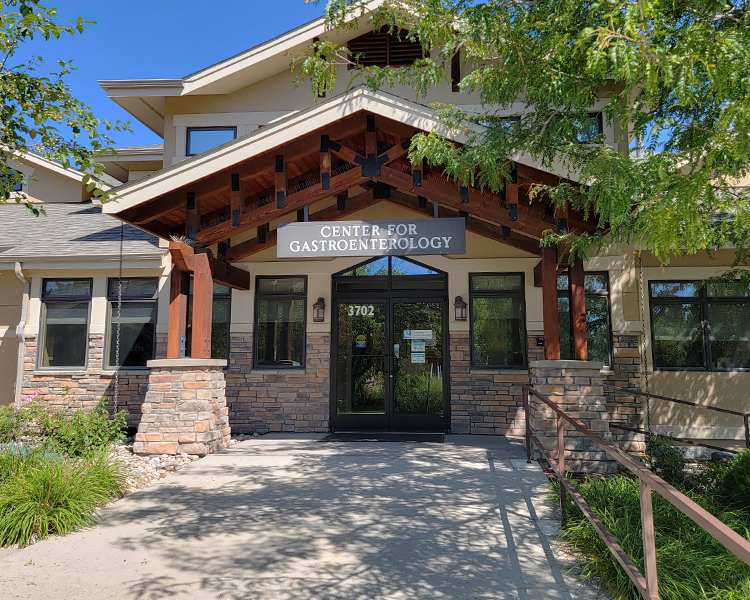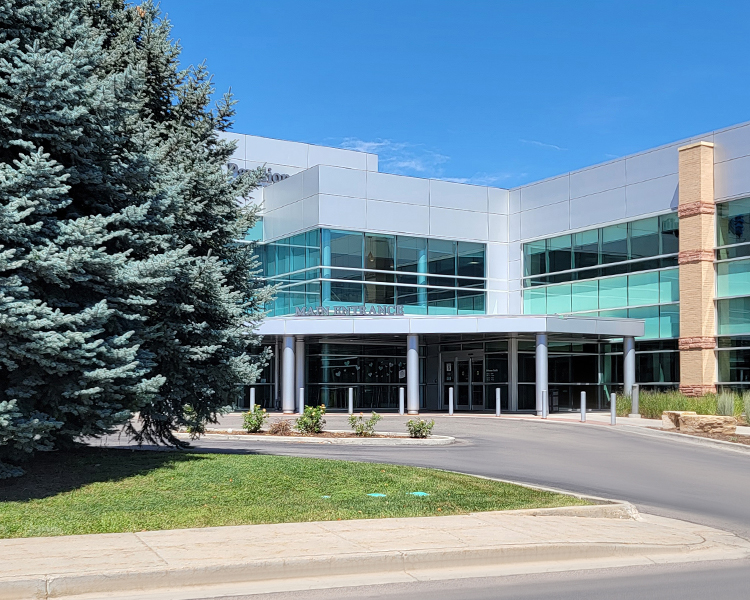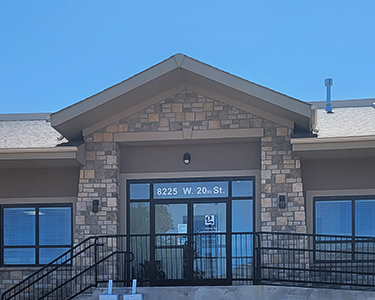Gastroesophageal reflux disease (GERD) is a problem for many Americans. For those unfamiliar with this medical condition, GERD is a digestive disorder characterized by the repeated flow of stomach acid into the esophagus– the tube connecting the mouth and stomach. GERD can cause numerous unpleasant symptoms, and in some cases, it can give way to an even worse digestive disorder known as Barrett’s Esophagus.
What More People Should Know about GERD
GERD can damage the body’s digestive and respiratory systems over time, especially the esophagus, pharynx, and respiratory tract. Whenever someone swallows, their lower esophageal sphincter relaxes to allow food, liquid, or both to flow into the stomach. After this happens, the sphincter closes. If the sphincter fails to close, stomach acid can flow back into the esophagus. The more this occurs, the greater the risk of GERD. Factors that can increase someone’s chances of suffering from GERD include the following:
- Gastroparesis and other medical conditions that contribute to delayed gastric emptying
- Hiatal hernia
- Obesity
- Pregnancy
- Scleroderma and other connective tissue disorders
Along with these factors, lifestyle choices can put some people at risk of suffering from GERD. Some of the more notable of these include smoking, heavy drinking, consuming too many fried or fatty foods, and frequently eating large meals. Taking certain medications, such as aspirin and ibuprofen, can also increase the risk.
Common GERD Symptoms
Along with regurgitation of food or sour liquid, symptoms commonly associated with GERD include the following:
- Chest pain
- Chronic coughing or hoarseness
- Experiencing pain or difficulty swallowing
- Nausea and vomiting
- Loss of appetite
Some of the more extreme symptoms associated with GERD include unintentional weight loss and signs of gastrointestinal bleeding, which can present as black or tarry stool or bloody vomit.
Gerd and Barrett’s Esophagus
In a study published by the National Institutes of Health (NIH), researchers found that 10% to 15% of people with GERD develop Barrett’s esophagus, a precancerous condition affecting the lining of the esophagus. When someone develops this precancerous condition, normal, healthy cells in their esophagus turn into unhealthy, abnormal cells known as specialized columnar cells or intestinal metaplasia. Having these cells increases the risk of Barrett’s esophagus and esophageal cancer. Symptoms typical of Barrett’s esophagus include heartburn, regurgitation, and difficult or painful swallowing.
Caucasian males over age 50 who are overweight are at the greatest risk of being diagnosed with Barrett’s esophagus, especially if they are smokers, but anyone with a history of GERD has an above-average chance of being diagnosed with it. That said, it is possible to lower one’s chances of developing GERD or Barrett’s esophagus by making healthy lifestyle choices, such as maintaining a healthy weight, consuming a healthful diet, not smoking, and exercising regularly.
Where to Seek Professional Care
In summary, anyone with a history of GERD is at risk of developing Barrett’s esophagus and, as a result, esophageal cancer. For this reason, the American Gastroenterological Association recommends endoscopic surveillance every 3 to 5 years to check for dysplasia and early esophageal adenocarcinoma. You may also be encouraged to undergo an esophageal manometry to understand your symptoms and esophagus’ function better. To take the first steps towards lasting solutions and prevention, schedule a consultation today.








